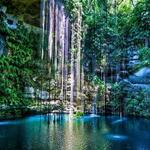
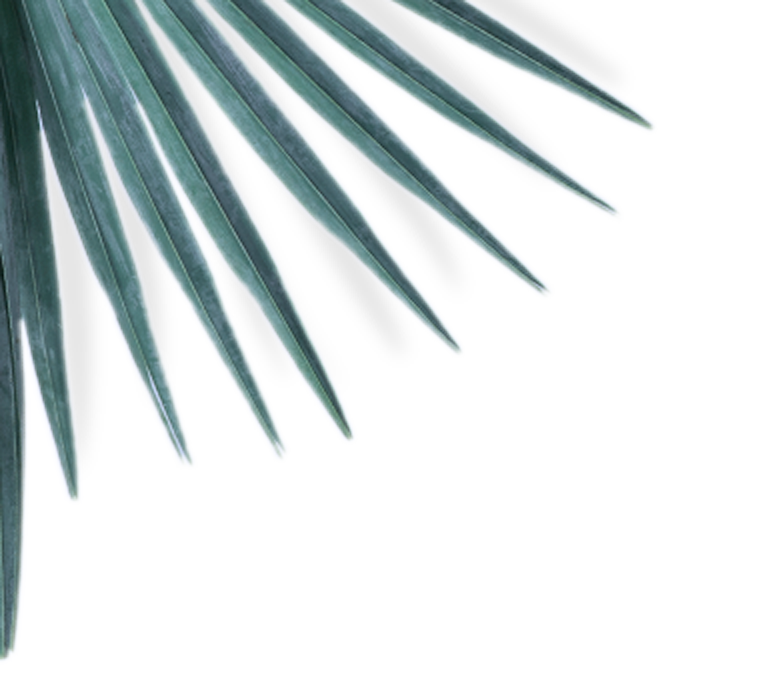
Things To Do
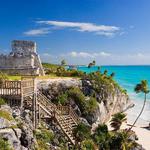
Archeological Zone of Tulum - Mayan Port City Ruins
The 13th-century, walled Mayan archaeological site at Tulum National Park overlooks the sea. It incorporates the clifftop Castillo, built as a watchtower, and the Templo de las Pinturas, with a partially restored mural. Inland, the Cobá archaeological site has pyramid-shaped temples with views over the surrounding jungle.
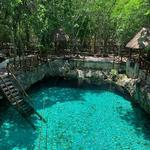
Cenote Zacil Ha
In Spanish it means "clear water". With a depth of between 2.5 to 3 meters, this natural wonder will leave you amazed by its jade green color, as well as its crystal clear waters that let you see every detail of its beauty. Its edges are covered with wooden floor so that from any point you can admire its beauty without fear of slipping. This cenote is ideal for swimming, snorkeling and especially for diving, since it has a cavern that will take you to a chamber known as Las Lágrimas, which is known for its stalactites in the form of drops.

Mesoamerican Reef
Tulum is part of the Mesoamerican Reef System, which extends over about 1000 km along the Caribbean coasts of Mexico, Belize, Guatemala, and Honduras. It is the largest coral reef in the western hemisphere and the second-largest in the world, after the Great Barrier Reef of Australia.

Casa Malca
The house of Pablo Escobar, set along a private beach, perhaps the widest of the endless white sand beaches in this corner of the Yucatan peninsula. Casa Malca is a work of art itself, set in a natural wonderland surrounded by a lush jungle and including three welcoming pools and locally influenced international cuisine.
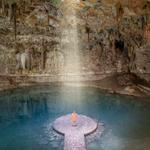
Cenote Suytun
Cenote Suytun is fast becoming iconic because the fact it is a beautiful cenote but also the walkway to the center and the shaft of light coming down. The name Suytun means center stone and that is fitting for this cenote. You can find this cenote near to the colonial city of Valladolid Yucatan.
